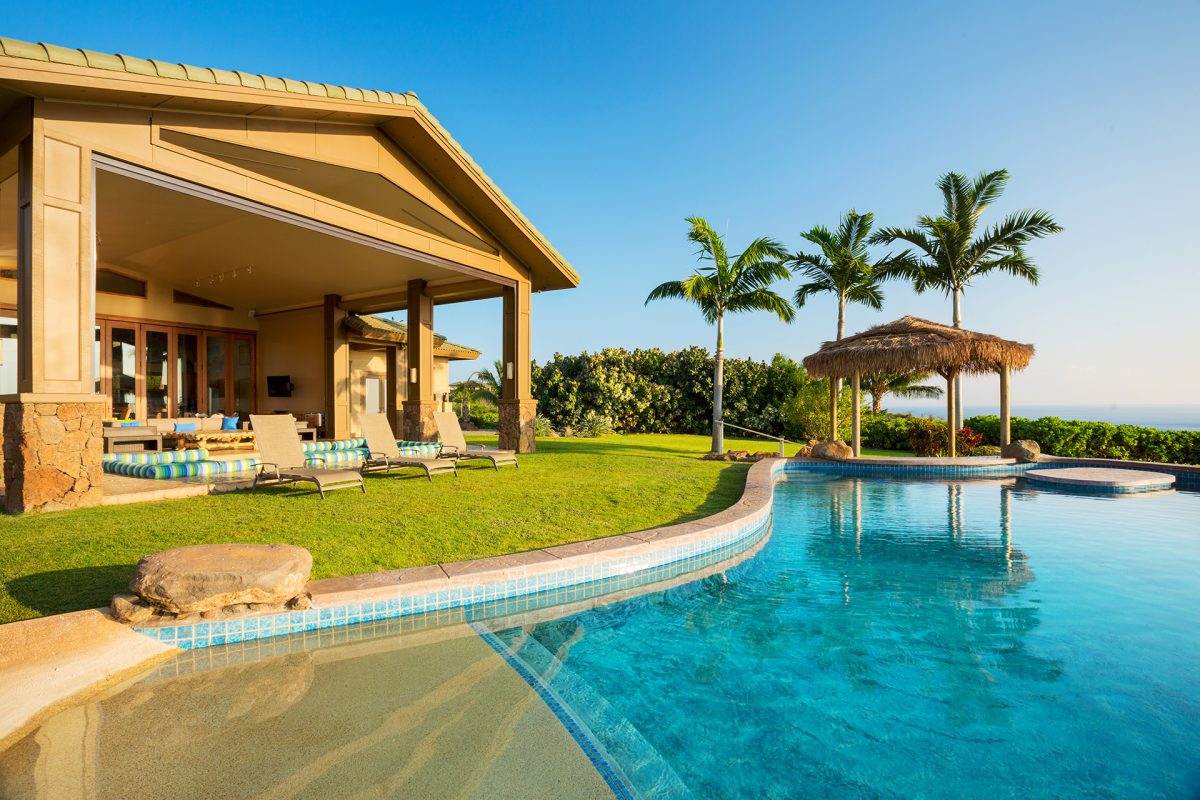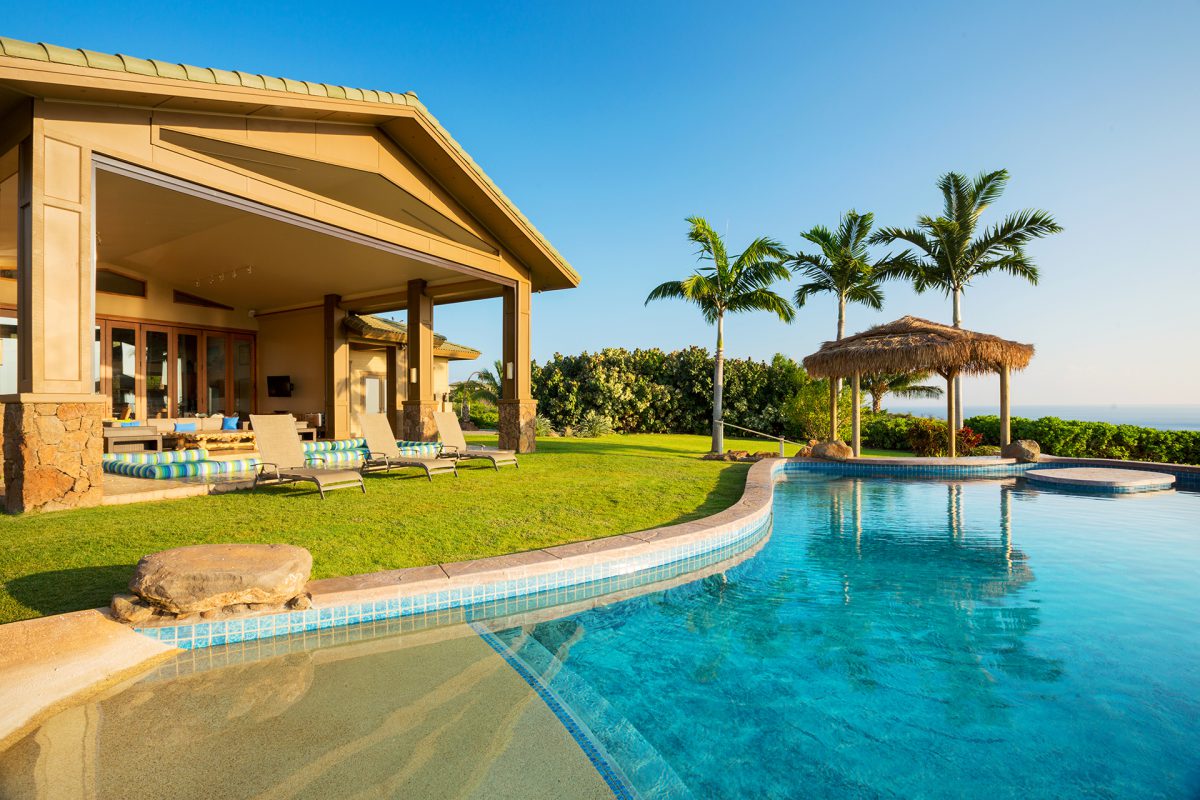History Of Malaysia
Malaysia for all the positive reasons is a land of paradoxes. This travel destination is a perfect getaway for those wishing to imbibe the ancient culture of Southeast Asia and witness the almost impenetrable rainforests on one side and want to pamper themselves with some luxury on the other hand. Yes, this popular tourism destination lets one relish the dramatic contrast of modern meeting rustic. And Oh! We cannot forget what a lovely melting pot of culture this amazing country is. Even though Malaysia boasts a large Muslim population, it will stun you with its cultural diversity, there are Chinese, Hindu and several indigenous tribes along with aboriginal groups that add multiple colours to the country. Indeed, Malaysia is an ideal travel destination for culture lovers, however, there is a side of it appropriate for the luxury seekers who can pamper themselves as much as they want in the glitzy tourist attraction of Kuala Lumpur city that also houses the popular sightseeing site, the Petronas Towers.
The Malaysia travel guide has plenty to offer to nature and wildlife lovers as well. The country boasts rich biodiversity and one of the most ancient ecosystems for the wildlife enthusiasts to relish the sight of orangutans or silvered leaf monkeys (lutung). Nature lovers can find their bliss in the plethora of national parks, channels of meandering rivers and stunning beaches where those inclined towards adventure activities can have a good time. Snorkel and dive to witness the magical underwater world where tropical fish, corals, and dolphins add to your experience. Truly, a holiday in Malaysia is an experience of a lifetime, whether you are on a family vacation, on a solo adventure or on a honeymoon, there is plenty out there for you to witness, savour, and experience. Malaysia indeed completes your Southeast Asia tour, in fact, it inspires you to explore this diverse continent and witness its magic.


